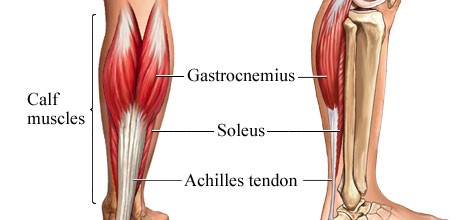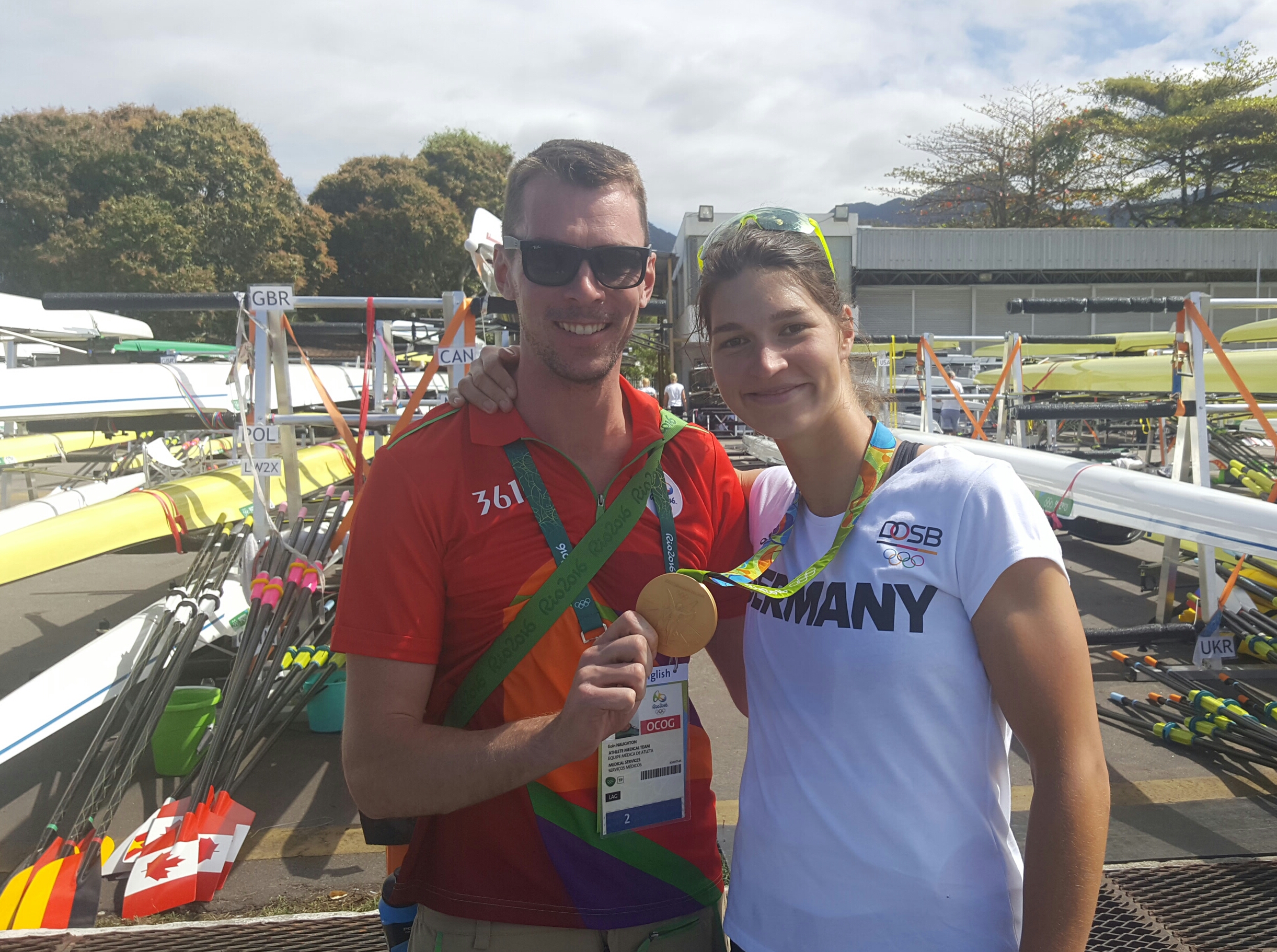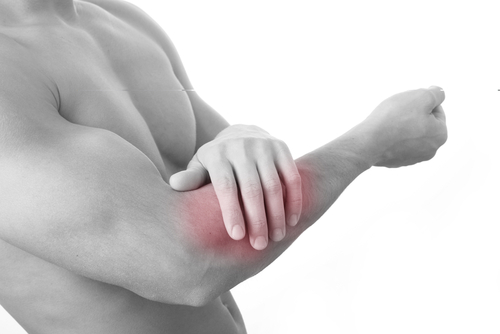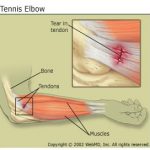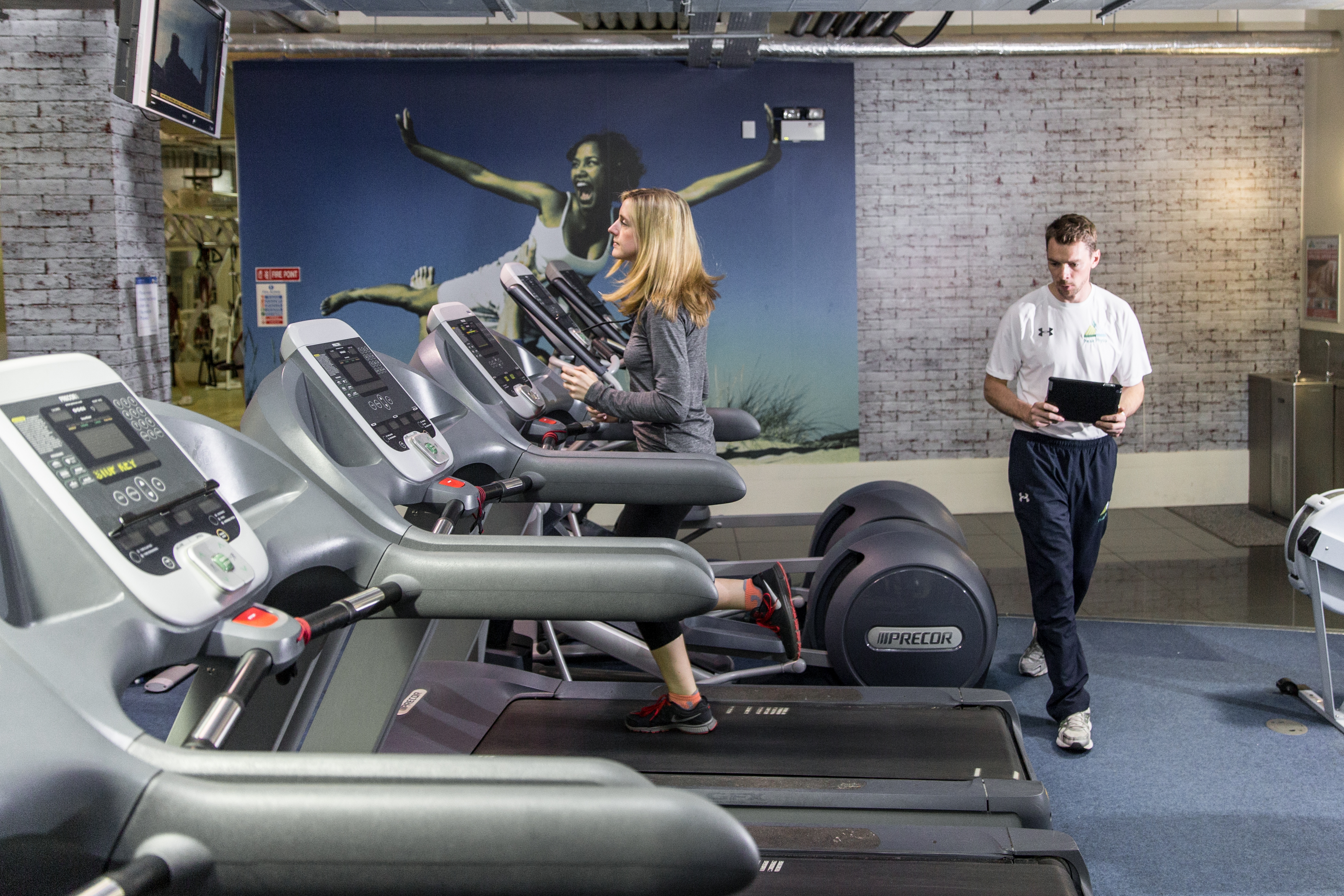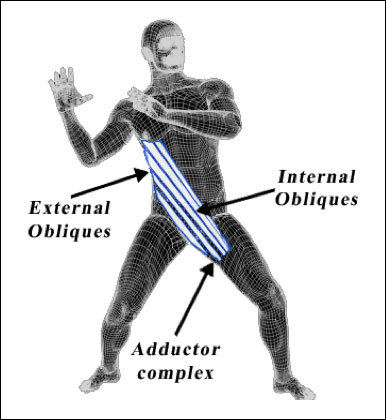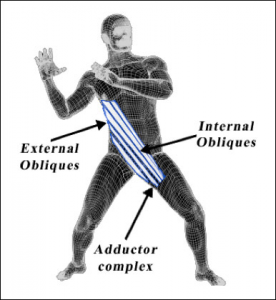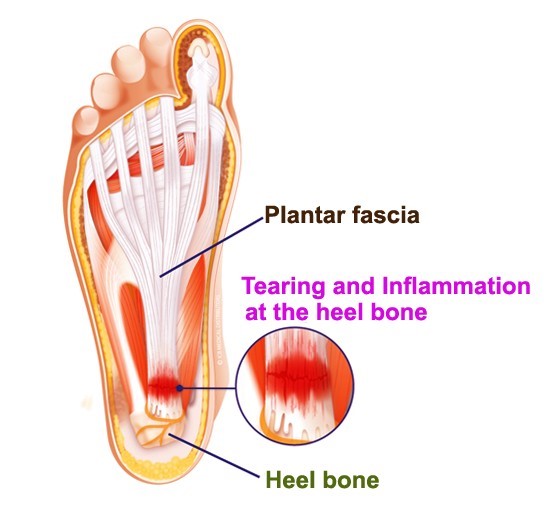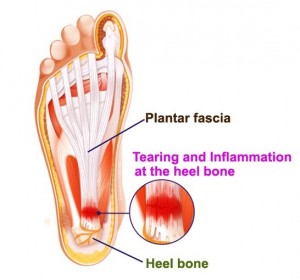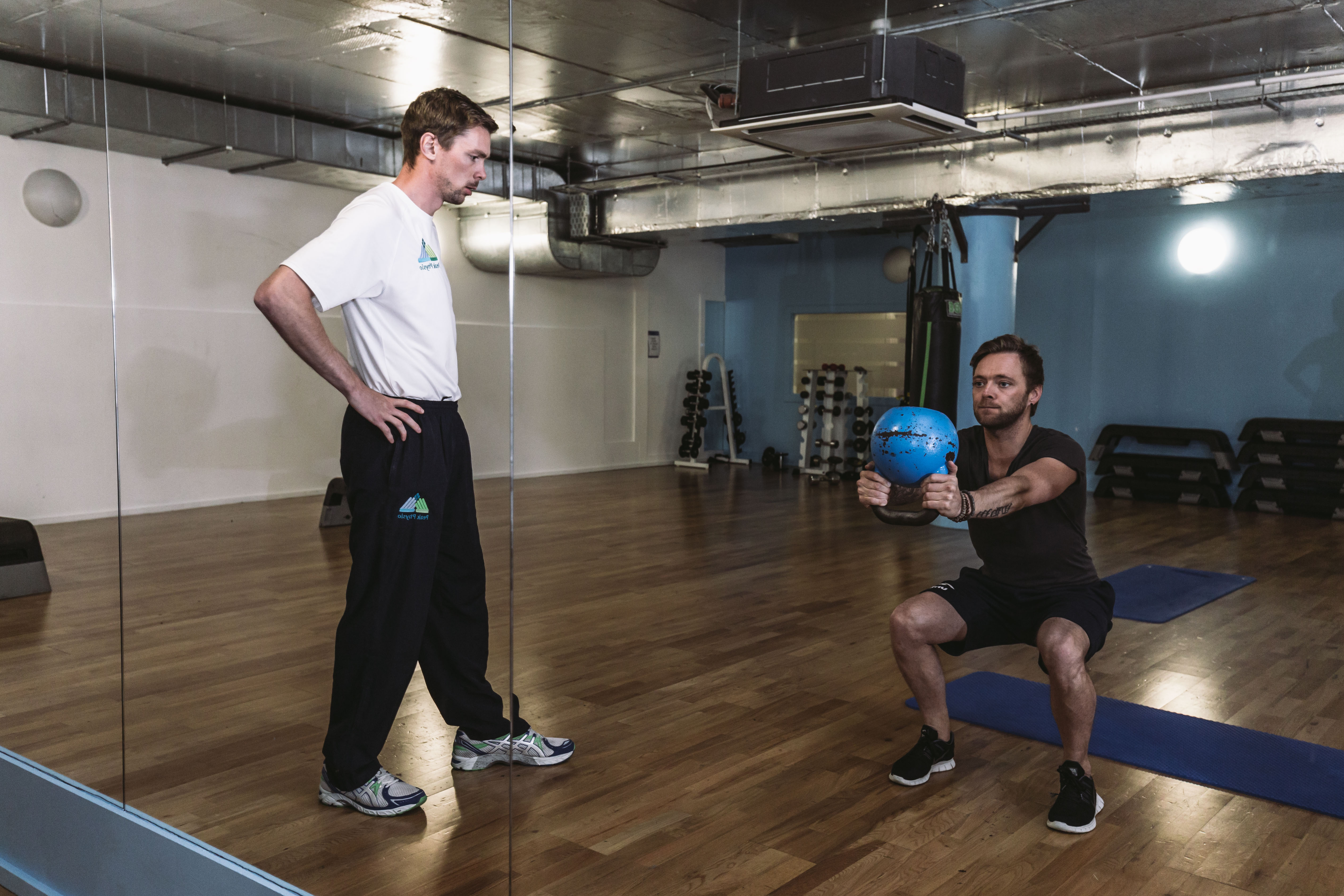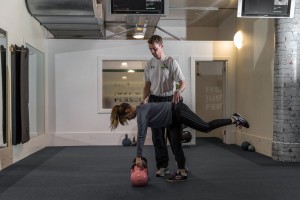Concussion
Laura Bhreathnach May 2017
I recently attended the Safe Rugby level 2 first aid course at the Aviva stadium. This updated my knowledge on the management of concussion, spinal injuries and general sports first aid. These skills will help me deliver a high standard of care at Peak physiotherapy. Something that kept coming up on this course was the poor understanding and management of concussion across the country. Therefore I thought it would be helpful to provide some information on the management and symptoms of concussion.
read more


